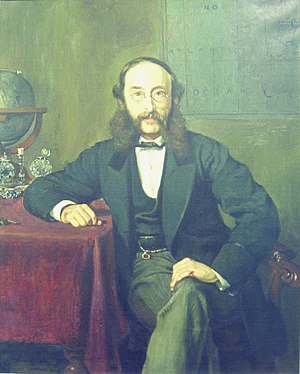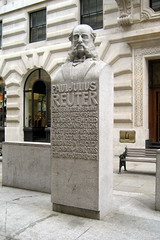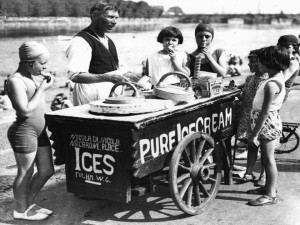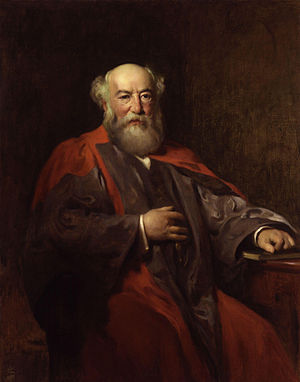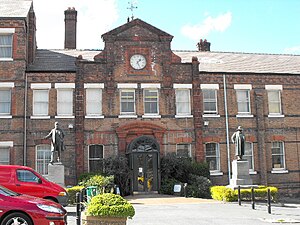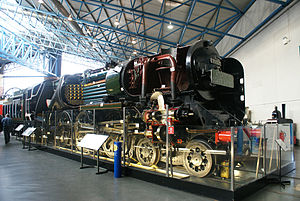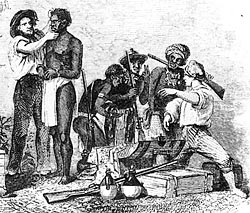Sir Montague Maurice Burton was born on August 13th, 1885, in the tiny town of Kukel in Russian Lithuania. From his humble beginnings, he would go on to found the enormously successful Burton Company, responsible for outfitting so many British men throughout the 1900s.

Burton was notoriously cagey about his early life. We do know, however, that he was born Meshe David Osinsky to Hyman Jehuda and Rachel Elky Osinsky. His father was a bookseller; however, he passed away shortly after Meshe’s birth. Following his mother’s remarriage, Meshe was sent to live with his uncle, Soliman Osinsky.
Throughout his childhood, Meshe received a strong religious education and was well instructed in the Talmud. His uncle was a leader in the community and Meshe was well cared for; however, at 15, Meshe struck out on his own with the goal of starting a business in England.
He arrived in England in 1900 with little more than £100 in his pocket, but his keen business intellect more than made up for the money he lacked. He began his business career as a peddler selling accessories from door to door. After just a few years, however, he managed to set up as a general outfitter selling ready-made suits for the working man.
He purchased the ready-made suits from the Zimmerman Bros wholesale clothiers in Leeds and marked the price up by 30% in his retail business. By 1906, Burton was ready to expand, establishing a branch in Mansfield and then another in Sheffield. By this point, his stores offered both ready-made and bespoke (custom-tailored) suits.
In 1909, Burton met and married Sophie Marks. Shortly after his marriage, he changed the name of his stores from M. Burton to Burton & Burton. Children soon arrived in the Burton home. A girl was born in 1910, followed by a boy in 1914, followed by twin boys in 1917. It’s unclear when Burton began going by Montague Burton – and up until this point, he had not changed it legally; however, in the birth records of his twin boys he gave his name as Montague Maurice Burton.
By 1914, Burton had increased his number of stores to 14. The stores were scattered mainly throughout the industrial Midlands, and catered largely to the middle class. They offered a large variety of men’s wear, and soon grew to become the world’s largest wholesale made-to-measure tailoring service.

As the First World War broke out, business boomed for Burton. He won a lucrative uniform contract, leading him to rapidly expand his workforce and the number of shops. Sales nearly tripled between 1915 and 1917.
Though he was a driven businessman, Burton was an outstanding employer for his time. He was committed to providing healthy working conditions for his employees, providing meals and low-cost dentistry. He even contracted the services of an eye specialist for his tailors, recognizing the strain caused by focused needle-work.
His efforts and business acumen were publicly recognized when, in 1931, he was knighted “for services to industrial relations.” He was a Justice of the Peace from 1930 onward, and was a prominent supporter of the League of Nations.
Burton passed away on September 21st, 1952, at a dinner party for his executives and managers at the Great Northern Hotel in Leeds. His funeral was held at the Chapeltown Synagogue.




